Gopi Krishnan G., B. Optom. FIAO
M. Optom Student, Dr. Agarwal’s Institute of Optometry, Chennai, India
Humanity is a journey into space that has always been guided by the power of vision. From the first telescopic glimpse by Galileo of the craters of the moon to the breathtaking images revealed by the James Webb Space Telescope(JWST), sight has been our window to the cosmos, driving both discovery and imagination. Yet, as astronauts venture farther into the universe, their vision encounters a hidden adversary: Spaceflight Associated Neuro-ocular Syndrome (SANS).
In this evolving field, optometry plays a central role in aerospace medicine. By integrating advanced diagnostics, real-time ocular monitoring, and teleoptometry, optometrists safeguard vision, the very sense that enables exploration. Protecting sight ensures that when humanity reaches new worlds, we will not only arrive but truly be able to see them. (1,2)
The Silent Threat: Spaceflight Associated Neuro-ocular Syndrome
Spaceflight Associated Neuro-ocular Syndrome, or SANS, represents one of the most significant challenges to astronaut health in prolonged microgravity environments. It encompasses a spectrum of ocular changes, most notably optic disc oedema, choroidal folds, globe flattening, and hyperopic shifts. (1,2) These are not just minor inconveniences; they have the potential to compromise visual clarity at critical moments of space missions.
Studies reveal that nearly 60% of astronauts on long-duration flights experience these alterations, underscoring the magnitude of the problem. The underlying cause is thought to be microgravity-induced cephalad fluid shifts, which increase intracranial pressure and exert mechanical stress on the optic nerve and surrounding tissues. This altered physiology reshapes the optic nerve head, leading to structural and functional changes that impair vision. (3,4)
What makes SANS particularly concerning is its unpredictability. While some astronauts return with temporary symptoms, others show signs of lasting ocular changes, raising questions about the safety of multi-year journeys to Mars or beyond. In this context, the eyes are not just passive observers of space but active participants in the story of human exploration, and their vulnerability could determine the success or failure of missions.
How Optometry Supports Astronaut Health
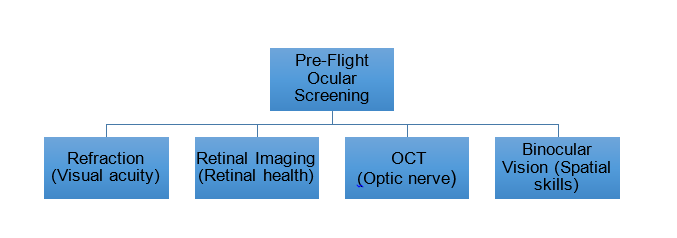
Figure 1: Flowchart Explaining Pre-Mission Screening
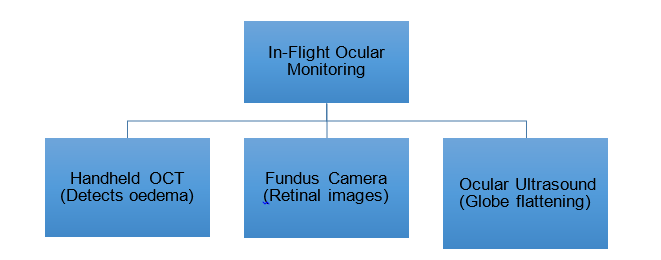
Figure 2: Flowchart Explaining In-Fight Monitoring
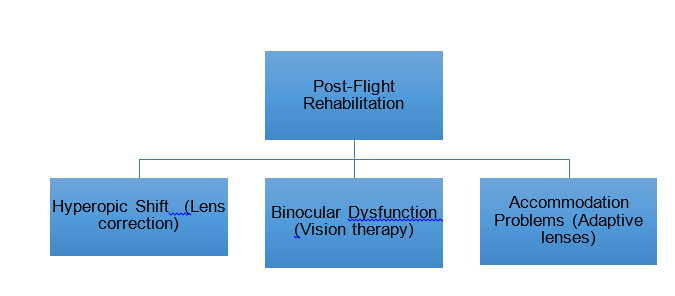
Figure 3: Flowchart Explaining Post-Mission Rehabilitation
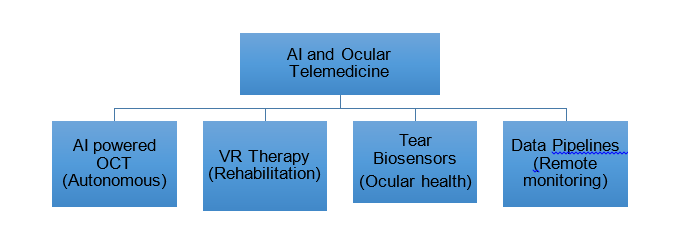
Figure 4: AI and Ocular Telemedicine: The Next Frontier
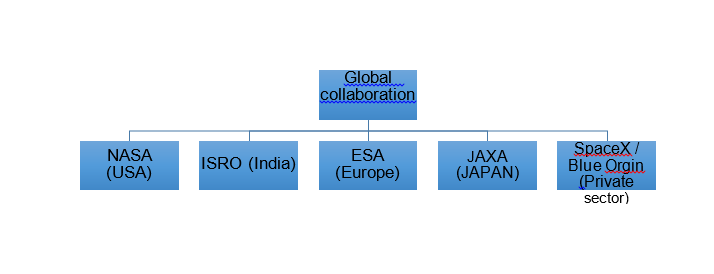
Figure 5: Global Impact
Conclusion
Our eyes have always been the windows of humanity to the universe, guiding discovery, inspiring wonder, and shaping our understanding of the cosmos. As we stand at the threshold of Moon settlements and Mars colonies, protecting vision is no longer just a medical concern; it is a mission-critical necessity. Optometrists will play a defining role in this journey, ensuring that astronauts not only see clearly but also perform with precision in the most unforgiving environments.
The integration of advanced diagnostics, AI-powered ocular monitoring, and tele-optometry into space programmes will transform optometry from an Earth-bound profession into a cornerstone of interplanetary survival. By safeguarding vision, optometry safeguards exploration itself, allowing humanity to dream, to discover, and to thrive among the stars.
References
- Mader, T. H., Gibson, C. R., Pass, A. F., Lee, A. G., Killer, H. E., Hansen, H. C., … Tarver, W. J. (2011). Optic disc oedema, globe flattening, choroidal folds, and hyperopic shifts observed in astronauts after long-duration space flight. Ophthalmology, 118(10), 2058–2069.
- Lee, A. G., Mader, T. H., Gibson, C. R., Tarver, W. J., & Riascos, R. (2020). Space flight-associated neuro-ocular syndrome (SANS): A review and future directions. Eye, 34(7), 1273–1281.
- Marshall-Goebel, K., Damani, R., & Bershad, E. M. (2019). The pathophysiology of spaceflight-associated neuro-ocular syndrome (SANS) and the potential role of intracranial pressure. Eye, 33(2), 195–200.
- Macias, B. R., Patel, N. B., Gibson, C. R., & Otto, C. (2020). The ocular effects of microgravity and intracranial pressure in space. Current Opinion in Ophthalmology, 31(5), 349–354.
- Taibbi, G., Cromwell, R. L., Kapoor, K. G., Godley, B. F., & Vizzeri, G. (2016). The effect of microgravity on ocular structures and visual function: A review. Survey of Ophthalmology, 61(2), 155–162.
- Van Ombergen, A., Demertzi, A., Tomilovskaya, E., Jeurissen, B., Sijbers, J., Kozlovskaya, I. B., … Laureys, S. (2017). The effect of spaceflight and microgravity on the human brain. Journal of Neurology, 264(Suppl 1), 18–22.
- Nelson, E. S., Mulugeta, L., & Feiveson, A. H. (2014). Comparison of vision impairment and intracranial pressure syndrome signs and symptoms in pre- and post-menopausal women. Journal of Women’s Health, 23(11), 911–917.
- Gibson, C. R., & Mader, T. H. (2017). Optic disc oedema, globe flattening, and choroidal folds observed in astronauts after long-duration space flight. Investigative Ophthalmology & Visual Science, 58(12), 5452.
- Laurie, S. S., & Lee, S. M. C. (2021). Spaceflight associated neuro-ocular syndrome: Origins and future directions. NPJ Microgravity, 7(1), 25.
- Wang, J., Li, R., & Zhang, J. (2021). Artificial intelligence in space medicine: Current applications and future perspectives. NPJ Microgravity, 7(1), 39.
- Laurie, S. S., Vizzeri, G., Taibbi, G., Ferguson, C. R., Stern, C., Otto, C., … Ploutz-Snyder, R. (2019). Effects of 30 days of strict head-down tilt bed rest on optic disc oedema and globe morphology. Journal of Applied Physiology, 127(4), 971–981.
- Patel, N. B., Macias, B. R., & Otto, C. (2022). Ocular changes during spaceflight: A comprehensive review. Current Opinion in Physiology, 23, 100456.

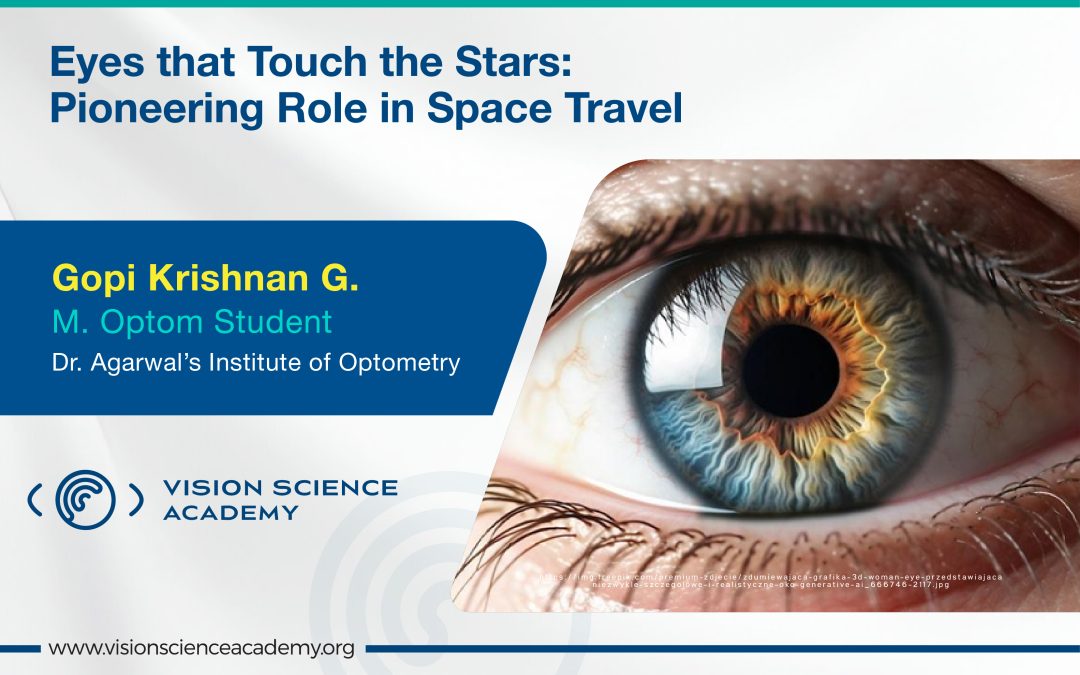
Recent Comments